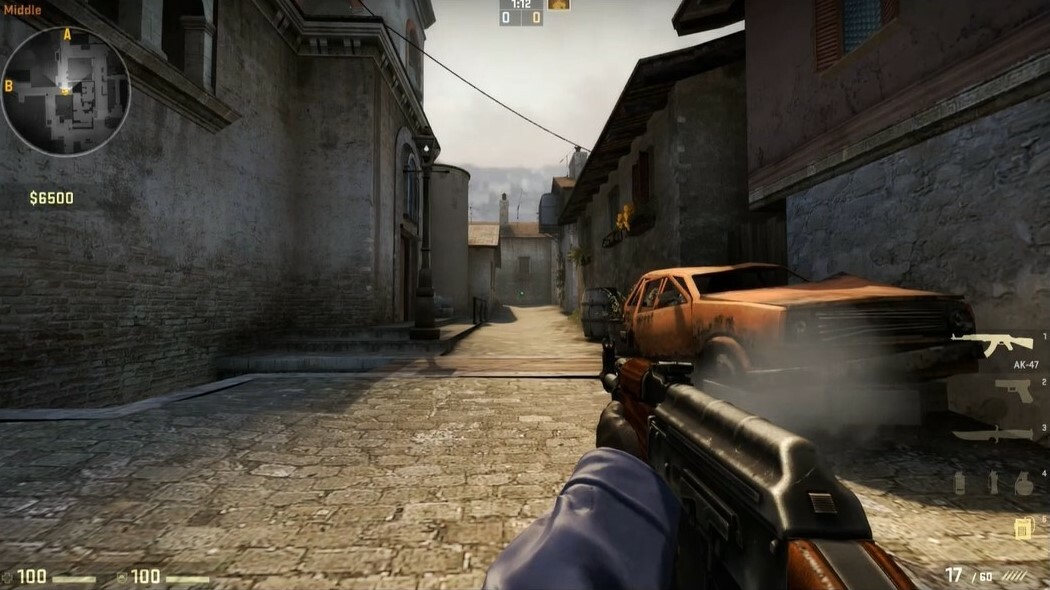Counter-Strike: The Evolution of a Gaming Legend
475
Counter-Strike, often abbreviated as CS, has long been heralded as one of the most influential first-person shooters (FPS) in the history of gaming. Its journey from a simple Half-Life mod to a global competitive phenomenon is a testament to its enduring appeal and the constant evolution of its gameplay and features. One of the significant milestones in the game's history was the introduction of a version that allowed players to download CS 1.6 with bots. This feature was a game-changer, allowing players to practice and enjoy the game offline, honing their skills against AI opponents. This adaptation not only made Counter-Strike more accessible to a wider range of players but also added a new dimension to the game, making it possible to play and practice even without a network connection or opponents.
The original Counter-Strike, created by Minh Le and Jess Cliffe, revolutionized the FPS genre with its tactical gameplay, realistic scenarios, and emphasis on team coordination. The game’s core concept, pitting terrorists against counter-terrorists in various objective-based scenarios, quickly garnered a massive following. The ability to download CS 1.6 with bots brought the game into the homes of many who didn't have access to reliable internet connections, further solidifying its position in the gaming community.
As the series evolved, newer versions continued to build on the success of their predecessors. The announcement of a download for CS 2.0, for instance, created waves of excitement within the gaming community. This update promised enhanced graphics, refined gameplay mechanics, and new features, aiming to modernize the classic Counter-Strike experience for the new generation of gamers. The download CS 2.0 signified a major step forward in the game's evolution, catering to the demands of modern gaming while retaining the tactical depth and competitive spirit that made the original game so beloved.
The impact of Counter-Strike on the esports scene cannot be overstated. It was among the first games to be featured in organized competitive gaming tournaments and leagues, setting a precedent for the structure and scale of modern esports events. Counter-Strike’s skill-intensive and strategy-driven gameplay made it a staple in these competitions, attracting both professional gamers and enthusiastic spectators alike. The rise of Counter-Strike in esports played a significant role in legitimizing competitive gaming as a serious sport and entertainment medium.
Beyond the competitive arena, Counter-Strike fostered a robust community of players, modders, and content creators. The game’s customizable nature encouraged the development of a vast array of community-created content, from custom maps and mods to entire game editions like the bot-enabled version. This culture of community-driven development and creativity extended the game’s lifespan significantly and kept the gameplay fresh and engaging for years.
In summary, Counter-Strike, from its original versions to the bot-enabled CS 1.6 and the anticipated CS 2.0, stands as a monumental figure in the world of online gaming. Its influence extends beyond the boundaries of the FPS genre, impacting aspects of game design, community interaction, and the evolution of esports. Whether it’s the classic gameplay of the original, the offline practice enabled by downloading CS 1.6 with bots, or the modernized experience promised by CS 2.0, Counter-Strike continues to offer a rich and engaging gaming experience to players around the world.
 02:19
02:19